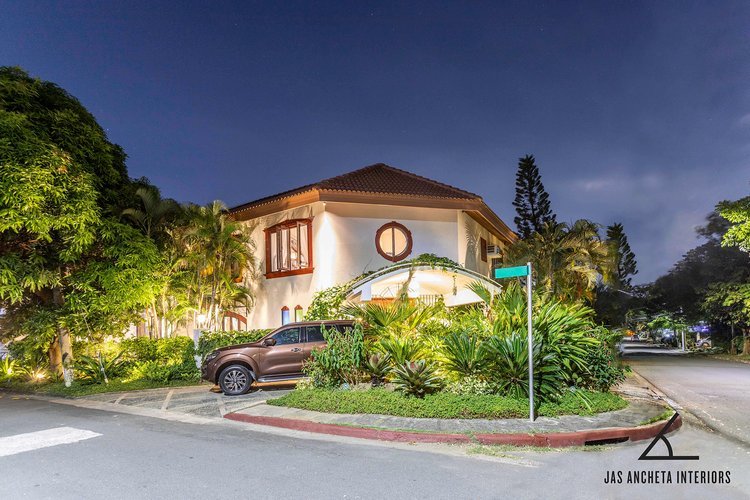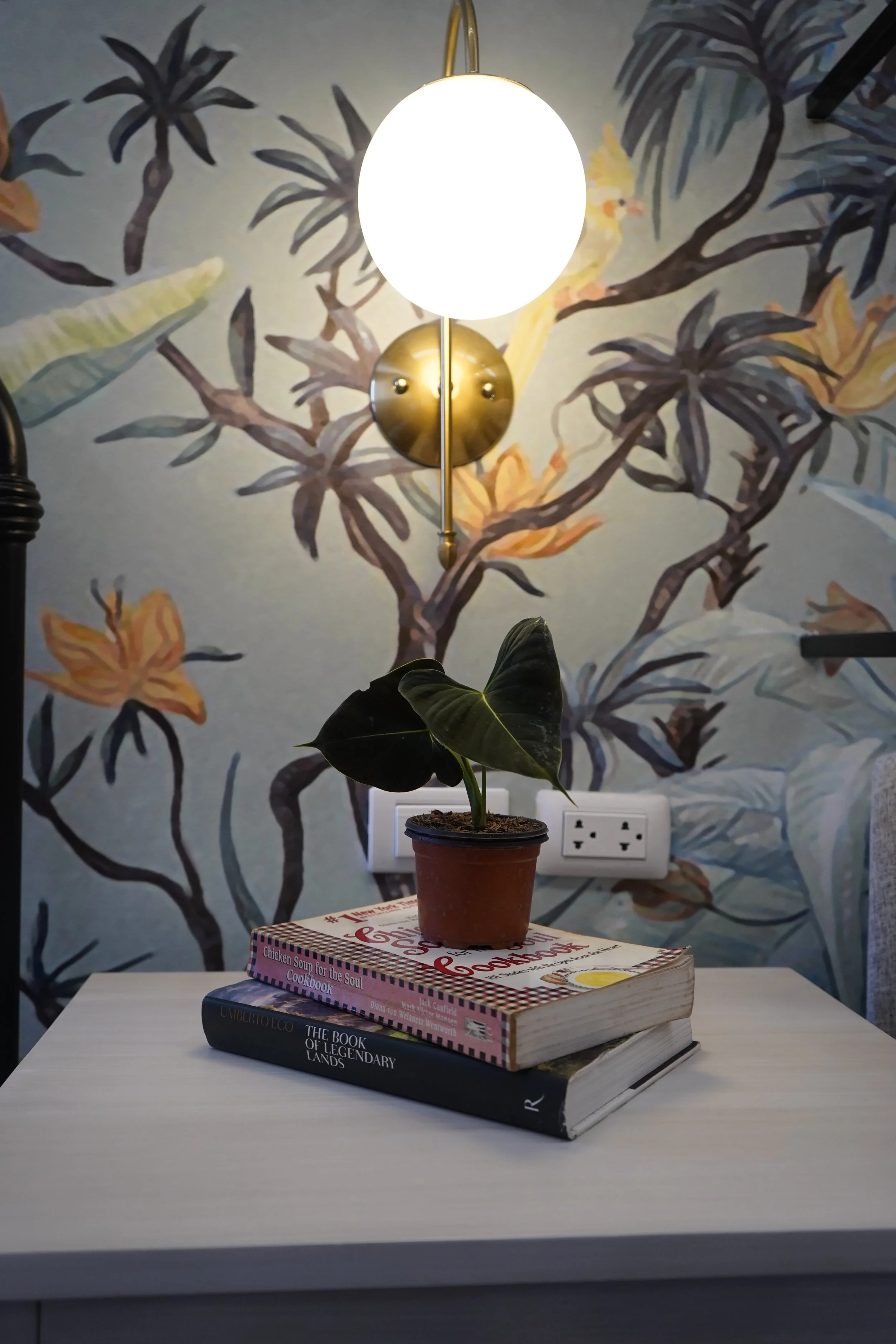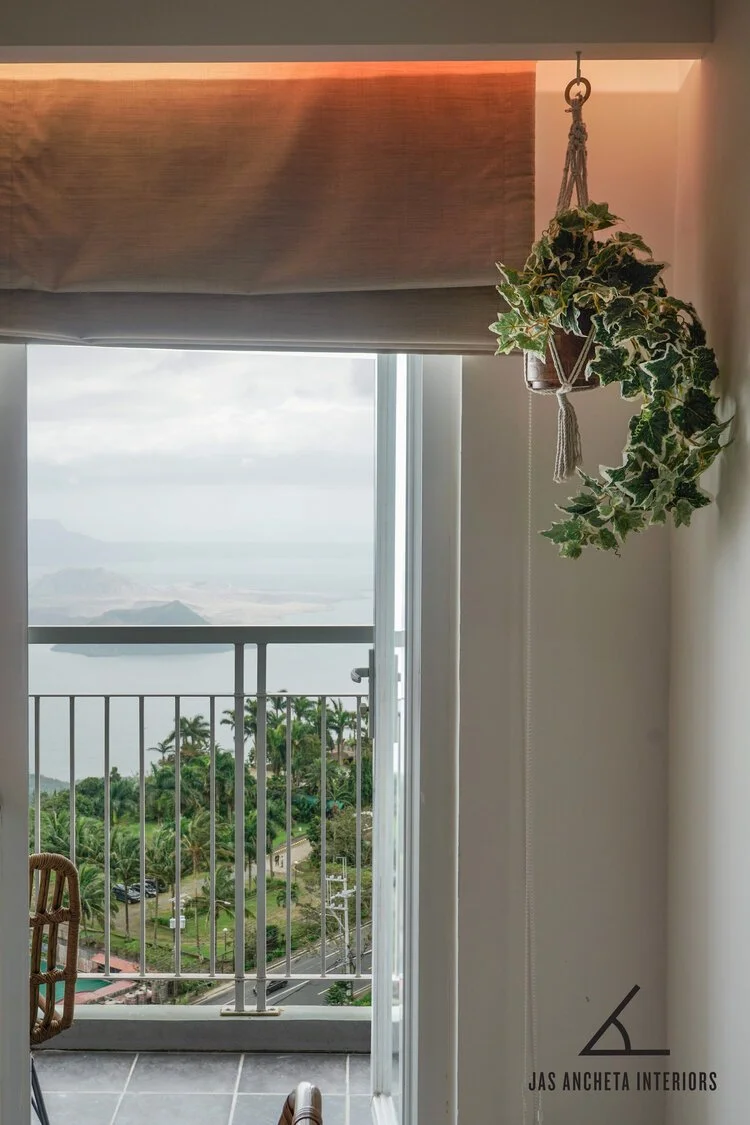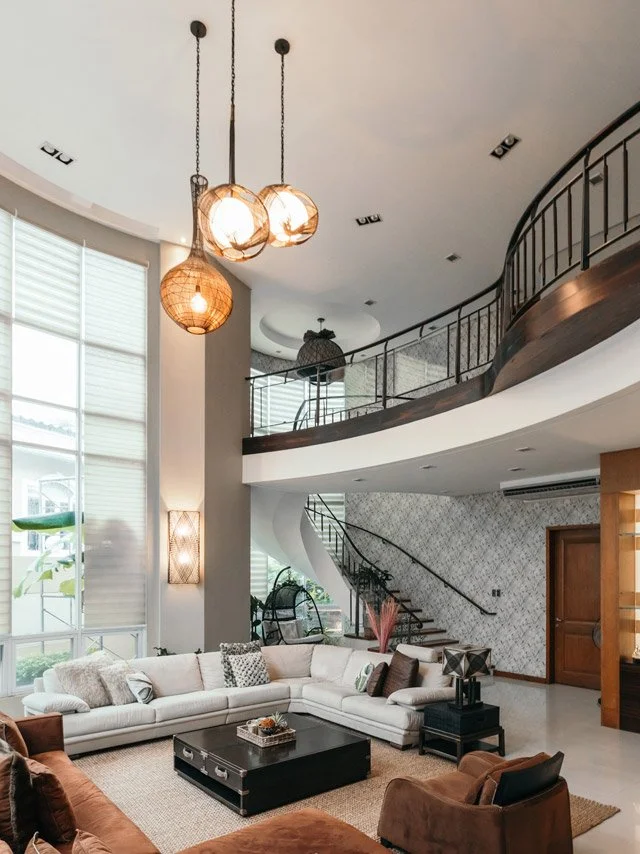Welcome to my blog! I'm excited to share tips, trends and news in the interior design market. Sign up for my newsletter for promos, freebies, and updates! ( See link BELOW).
I would like to know more about you. What are your struggles when designing your home or your business (for those savvy entrepreneurs)? Is there anything particular you would like to know more of? Are you having a hard time with deciding your style? Organizing your things? Let me know. E-mail me your troubles and let me help you take the fog off your eyes! :) Have a happy, happy week!!!
- November 2022 2
- October 2022 1
- September 2022 1
- August 2022 1
- June 2022 1
- May 2022 1
- April 2022 1
- February 2022 2
- January 2022 1
- December 2021 1
- October 2021 2
- September 2021 1
- August 2021 1
- July 2021 1
- June 2021 2
- May 2021 3
- April 2021 4
- March 2021 3
- February 2021 3
- January 2021 1
- May 2020 3
- November 2019 1
- June 2019 2
- May 2019 1
- April 2019 1
- March 2019 2
- August 2018 1
- June 2018 1
- May 2018 1
- April 2018 3
- March 2018 4
- February 2018 4
- January 2018 2
- December 2017 1
- November 2017 4
- October 2017 8
- September 2017 9
- August 2017 19
TESTIMONIALS
“It’s cool and light. Not too loud. Comfortable color (especially if you want people who come into your office to feel “chill”... shoutout to raging parents or intimidated students).”
“I will definitely recommend you to my friends. I’m also excited to see their reactions when they see the dining room.”
Simple Ways to Convert your Garage Into Your Dream Office
Whether you work from home full-time or telecommute just a couple days a week, having a dedicated home office is a great asset. If you don’t have the space for an office in your house, a garage conversion is a possibility. With these helpful tips, you won’t need to spend months and tens of thousands of dollars to convert your garage into your dream home office.
Designing Your Space
When planning your space, consider whether clients will visit, you’ll be sharing the space, or this office will be just for you. Plan not just workspace for your desk and chair, but also a cozy section where you can relax. The furniture you choose depends on your lifestyle, your design style, and your budget. You might prefer an ergonomic stand-up desk to improve your comfort, posture, and productivity. On the flip side, you might like furniture that matches the décor in the rest of your house or unusual custom pieces.
Visit a variety of furniture stores to narrow down your choices. Compare prices in local stores as well as online to find the best deals. If you don’t have multiple windows in your garage, you’ll also need to add more lighting. Consider additional lights, such as floor or desk lamps. Also, don’t be tempted to buy every last piece of furniture right away. In order to avoid buying furniture you won’t use regularly, start with the basics and then add additional pieces as you need them.
Making It Usable
Before you start bringing in furniture, you need to make the space usable for your needs. Your garage floor is probably basic concrete. Although you could leave it that way and just add an epoxy sealant, you may want to install carpet tiles or vinyl planks on top. Fortunately, these options are easy to install whether you do it yourself or hire someone. If your garage is particularly cold, you can add stud framing, insulation, and a layer of drywall. If your garage already has drywall, you can enhance the walls with pegboard or another covering.
Although you might be tempted to remove the garage door, leaving it is the easiest (and most affordable) option and lends to the industrial look. If you do remove it, you can replace the garage door with a solid wall, French doors, or even a wall of windows. However, you need to make sure your local regulations allow such a change before removing your garage door.
While you could invest in extending your existing HVAC system into your garage space, it's much more cost-effective to use space heaters in the winter and a portable air conditioning unit. Your new office might not be the exact temperature as your home, but it will definitely be livable.
If the WiFi signal is weak in your garage, you'll need to find a solution for your home office internet. First, relocate your router to a spot closer to the garage. If that doesn’t help, consider buying a newer model to get a stronger signal. If you still can’t get strong, consistent WiFi in your garage, look into buying an internet-capable device to expand the signal coverage. You may be able to find discounts on these devices if you sign a new contract with your wireless carrier.
Although much of a garage conversion can be done on your own, according to Bob Vila, you should hire a licensed electrician to install outlets or upgrade the wiring. An electrician can add a circuit to your breaker panel, if necessary, and make sure all the work is up to code.
Putting on the Finishing Touches
After placing all your furniture, you will want to add some additional touches to finish off your new office space. Personal photos, motivational prints, hanging plants, or flower vases can make the space your own. You want your office to be a functional space, but also a happy place that you want to be. You’ll spend a lot of time there, so make it comfortable!
Converting your garage to your home office can take a simple update or a complete overhaul, depending on your wants and needs. With some careful planning and bargain shopping, you can create your dream office space easily and affordably.
Excerpt from The Genre Sculpture of Graciano Nepomuceno Alfredo R. Roces Philippine Studies vol. 8, no. 3 (1960): 483—490 Copyright © Ateneo de Manila University
Adam & Eve by Graciano Nepomuceno, 1948
Graciano T. Nepomuceno is a bright-eyed, self-confident septuagenarian. His thin, wiry frame and greying hair belie his physical strength, acquired from years of wielding hammer and chisel. He is a small but sturdy-loo,kingman who, however, walks with a marked limp. At 79, he has not lost any of his appetite for work.
"I was born in Trozo, Binondo," he reminisced the other day, "in 1881. Trozo was one of the better residential sections of Manila then. It was the home of the more educated, and everyone spoke fluent Castillian. I studied at the Limo de Manila. That's where I took up painting under Miguel Zaragoza. I couldn't agree with him on many points, and after a particularly exasperating argument, I left school and took up sculpture. I studied under Ciriaco Arevalo, the only Filipino sculptor to win a gold medal in Spain.”
Nepomuceno's forte seems to be character delineation. Among his works the mast remarkable in this regard are a miniature in bas-relief of President Quezon, a head of Christ now in Biiiang, some characters from Rizal's NOLIME TANGERE in wood, and the genre pieces. He has done some very fine pieces in ivory. When we last visited his studio, we found him hard at work on a high-relief portrait of Senator Recto in his favorite medium, molave.
There are four periods in Nepomuceno's career as a sculptor. The first period covers the last years of the nine teenth century and the early 1900's, when Nepomuomo worked in collaboration with Bonifacio Arbvalo, the sculptor and musician. In his second period he struck out on his own, working in wood and cement and producing chiefly ornamental pieces for building facades. The well-known architect, Arcadio Arellano, who was then remodelling a number of buildings in Manila, often employed him. In his third period he devoted himself to genre sculpture. Portraiture characterizes his fourth and last period. Busts and bas-reliefs of distinguished personages figure among his most recent pieces, but he has also done miniatures and bas-relief reproductions of paintings.
The Makers of Manila (Original Article by Manila Peninsula 4/24/19)
Missed out on last month’s biannual showcase of craftsmanship at FAME? Fret not, we have you covered. Here’s a roundup of Filipino designers who are weaving their way into the artisanal game.
WYLC Apparel Manufacturing
Hot off their first exhibition at FAME, fledgling designer couple Alvin and Evita Degamo are on a mission to spruce up the country’s wardrobe. Paying homage to the Philippines' colourful textile heritage, the duo commission local artisanal talents, helping to maintain traditional weaving techniques. Their debut ‘Wear Your Culture’ collection launched in April, blending retro street-style with bright pops of ethnic flair in their line of funky everyday wear for men and women. Order online.
The Cabinet at Canterbury by Jas Ancheta Interiors
The Ancheta family is known for its longstanding association with art and design, with husband Allan inheriting his father’s love of design and wife Jas recently launching her own interiors business. Their dedication to the arts is reflected in their home, which has been transformed into a gallery of collectables open to viewing. Around 40 mins by cab from the Peninsula, the covetable stash includes paintings, sculptures and objects, plus works by partner artists such as local sculptor Richard Buxani and painters Tonton Ador and Micko Macariola. Contact Jas direct through her website to schedule a visit.
Anthill Fabric Factory
Brainchild of Anya Lim, Cebu-based Anthill weaves time-honoured textile traditions with ethical sourcing into a fashion-forward line of clothing and accessories. This socially conscious collective works with regional weaving communities to produce items both desirable and sustainable. There’s no actual store in Manila, but the range is available at pop-ups and online. Peepers peeled for their upcoming zero-waste collection.
Interweave Concepts
Also working hard to protect the Pinoy weaving traditions is creative duo Mike and Banj Claparols. In partnershop with the Negros Nine Human Development Foundation, their venture, Interweave Concepts, is sparking an entrepreneurial spirit in remote communities on Negros, the fourth largest island in the Philippines. Local craftspeople are empowered to hone their skills and grow their communities via the production of beach wraps, shawls and clothing, all of which can be bought from the Interweave website.
WYC Apparel Manufacturing / Tel: +63 2 745 8470 / Email: wyc2016est@gmail.com / wycapparel.com
Anthill / Pedro Calomarde St. / Cor Acacia St.Gorordo Ave / Cebu City / +63 32 505 4175 / anthillfabricgallery.com
The Cabinet at Canterbury / Canterbury St / Hillsborough Alabang / Cupang / Muntinlupa / 8am-5pm, Mon-Fri / inquiries@jasanchetainteriors.com / jasanchetainteriors.com
Interweave Concepts / weavephilippines.com
The Bolder, the Better: Cost-Conscious Decorating for Couples Moving in Together
Guest Author: Natalie Jones
Today, we have a guest writer, Natalie Jones. Hope her advice resonates with you!
Moving in with a significant other is an exciting time, a chance to learn more about each other and grow as a couple. But it’s also a time when misunderstanding and conflict can leave you wondering, “What was I thinking?” It’s difficult enough deciding who will pay what bills, how to divide the household chores, and who should be doing the grocery shopping. It’s also a time when money may be tight and in short supply for decorating. There’s no need to fall out over the expense of decorating your home, especially if you see eye to eye when it comes to artwork, furniture, colors, and other visual elements. Consider the following budget-friendly tips on how to make it work.
Communicate
Spend some time talking about your shared interior design expectations. Save the specifics for later; start with a very general, even philosophical, conversation about likes and dislikes. There will be some compromising to do, and easing into the subject can remove some of the stress from the situation. So, put off discussing where his beer-stained upholstered recliner should go (other than the trash), or what to do with her vintage collection of unicorn artwork. Sometimes, agreeing to move a prized object to the back room instead of the living room can head off a potentially relationship-damaging disagreement. Also, look for inexpensive ways to decorate, such as using commonplace items you have no other use for.
Discuss Closet Space
Sharing space in the bedroom closet demonstrates the ability to compromise, which will certainly carry on to your decorating efforts. You can effectively organize your space by categorizing all the clothing and accessories you know you’re going to wear regularly. Donate the items that have been untouched for at least a year, and store the attire that’s not appropriate for the current season. You can even create more space with an additional rod and shelves. Your closet’s appearance is just as mood-lifting as the adorned walls of your home, so take the time to add matching hangers and quality lighting.
Emphasize Eclecticism
If you’re expecting the place to be as pristinely coordinated as your Great Aunt Tilly’s house, you’re probably headed for a disappointment. Why copy someone else’s style anyway? Decorating a home on a budget and with limited space is a challenge, an opportunity to embrace and appreciate an eclectic approach that will come to define you and your partner’s identity as a couple. Eclecticism will be easier -- and more fun. It can all work together with a little bit of juxtaposition and experimentation. Go ahead and combine that chrome floor lamp with the homemade table made of distressed river wood. If you need to make a purchase, try shopping at IKEA for fun and affordable eclectic pieces that will still leave money in your wallet. Even better: IKEA offers buying guides for each room in your room, which can be a great starting place. There’s nothing wrong with being economical as well as eclectic.
Embrace Whimsy
One person’s juvenilia is another’s masterpiece. Don’t be afraid to go for a bold look that no visitor will forget. What about decorating the back wall of your den with an array of shower heads (vintage and contemporary) that you can get on sale or rehab out of the trash? Or, why not class up your living room with a Gone with the Wind-style curtain as a decorative wall hanging? Decorative plates are another affordable and uniquely appealing design element, arranged in an assortment of sizes, styles, and colors.
Try It Before Dismissing It
If your first place together is on the small side, you have limited decorating space. That’s a great opportunity to get creative, even edgy, with your decor. The beauty of decorating is that you don’t have to spend much money or stay with a look if you decide later you hate it, so give it a try even if you’re uncertain at first. You never know -- it might prove ideal and could save a lot of money. A good rule of thumb is to leave it in place for a few days before making a final decision. Decorating eclectically on the cheap is a fun adventure and a worthwhile money-saving venture.
Give It Time
Getting used to each other takes time, so there’s no reason to assume that it won’t take some time to get into your decorating “groove.” Take your time; it’s a process, an evolution if you like, but you’ll know when it feels right. And never stop communicating openly as you work through it.
The Cabinet at Canterbury — your friendly neighborhood art destination in the South
original article from Alabang Bulletin
Nestled within the neighborhood of Hillsborough Alabang in Cupang, Muntinlupa, is the home of interior designer, Jas Ancheta, her husband, Allan, and son, Bruce. Their house is not just a private family abode, but within its walls are a curated collection of paintings, masks, and sculptures. Their space, at once a dwelling and a gallery, is in itself a cabinet of curiosity. Rooted in Renaissance Europe, cabinets of curiosities—also known as cabinets of wonder, wonder rooms, or in German,Kunstkabinett, Kunstkammer or Wunderkammer—house collections of objects that modern terminology would categorize as natural history, geology, ethnography, archaeology, religious and historical relics, antiquities, and of course, art. Well-documented cabinets once owned by rulers, aristocrats, merchants, and scientists would become precursors to the modern day museum. One example: London’s British Museum, which evolved from the cabinet of the Irish physician and naturalist, Sir Hans Sloan.
The Cabinet at Canterbury, called so because the Ancheta homestead is located along Canterbury Street, is an ode to its owners’ long-standing passion for the arts. Allan’s late father, Pio Ancheta worked with the Design Center of the Philippines (DCP), and this developed in him an early interest for the arts while visiting exhibits at the DCP in his youth. As an adult, Allan—a former college professor at the University of the Philippines (UP) and the University of Asia and the Pacific (UA&P), who has also worked with Unilab, Johnson & Johnson, and seven countries as a management consultant—purchased a ceramic Kabuki mask, and soon thereafter, began collecting other masks from Asia, Africa, and Europe. Today, the gallery houses 50 of these elaborate pieces. The Anchetas’ earliest artworks would also be comprised of sketches by the artists, Emmanuel “Manny” Garibay and Mark Justiniani.
It was not until the family began building their Muntinlupa home, that they would lay the groundwork for what would now become the Cabinet at Canterbury. In the process of construction, Jas took on the decision to design the house’s interiors. That initial endeavor spurred her to enroll at the Philippine School of Interior Design (PSID) where she would later graduate with honors. Between their design and consultancy work, the Anchetas would travel to further expose themselves to museums and art across the globe. These trips would take them to the Louvre, the British Museum, the Victoria and Albert Museum, the Uffizi gallery, the Vatican Museum, and the Musee D’ Orsay. One particular destination, the Hanseatic Museum in Bergen, Norway, would stand out. Noted for its compact size—it was the former home of Hanseatic merchants—the gallery is a window into the actual lives of its 18th century dwellers. This would greatly inform the design philosophy of the Cabinet at Canterbury and define its unique proposition: a memorable space where art and interiors come together.
Established in mid-2018 as a brand under Jas’s design company, Jas Ancheta Interiors, the Cabinet at Canterbury is gaining ground as a new player to watch out for in the local art scene. Primarily invested in realist and abstract works that include paintings, brass and metal sculptures, and even functional items like door knobs and mirrors, the gallery’s growing roster of partner artists include Richard Buxani, Matthius Garcia, Nixxio Castrillo, Tonton Ador, Khristina Manansala, and Micko Macariola.
In April 2019, the Cabinet at Canterbury has been included as a community partner in Design Week Philippines, organized by the Design Center of the Philippines. The event brings together visionaries from diverse disciplines to foster creativity through various design talks, workshops, exhibits, tours, and film screenings.
As community partner, the Cabinet at Canterbury will hold a design talk for the public at Bar Pintxos, Alabang on April 27, 2019. An exhibit, also open to the public,will follow at the Manila Peninsula, Makati on April 28, featuring at least thirty veteran and emerging Filipino artists. Fittingly, these works will be staged alongside furniture, demonstrating the amalgamation of art and design. Both the artworks and the furniture, provided by Fashion Interiors by Paul Cornelissen, will be for sale.
The gallery’s participation in Design Week Philippines is a testament to a strong mission to promote Filipino talent, expanding the knowledge of collectors both seasoned and new, while educating the public on curating collections that will serve as significant features in their own homes, one that goes beyond surface aesthetics.
Design Week Philippines will run from April 22 to April 28, 2019. For updates on the latest at The Cabinet at Canterbury, follow @jasanchetainteriors on Instagram / FB/ LinkedIn or visit www.jasancheatinteriors.com.
The Hidden World of Functional Art
Functional art is a new trend which we are currently promoting in the gallery - art which serves not mainly as a decorative purpose but also has practical uses.
For people who collect art there is the usual process of acquiring and displaying art. Artwork is chosen, gently delivered into a household and then installed or displayed in an area which would be visible to the collector.
Hidden Art Detail, Batibot Chair
Functional art is a new trend which we are currently promoting in the gallery - art which serves not mainly as a decorative purpose but also has practical uses.
Pair of Door Handles by Richard Buxani
Functional art refers to aesthetic objects that serve utilitarian purposes. The genre is remarkably inclusive: it encompasses everything from furniture and lighting to dishes and even books.
Functional art is generally applied art - art created for use, designed to serve a purpose and with an aesthetic in mind. It’s art that serves a function, but is also designed artistically for purpose of displaying beauty.
R2D3 Lamp by Retrospect Studio, designed by Ram Mallari
Furniture is the most common example of functional art. Well crafted furniture - tables, chairs, lamps or lights- have been collected for many years not just for its form and design but also functionality.
Wall Display and Lamps by Retrospect Studio, design by Ram Mallari
Similarly, fixtures such as door handles, knockers, and doors are also being collected due to their artful form and their practical function. Other types of functional art are mirrors, table settting items such as candle holders.


























